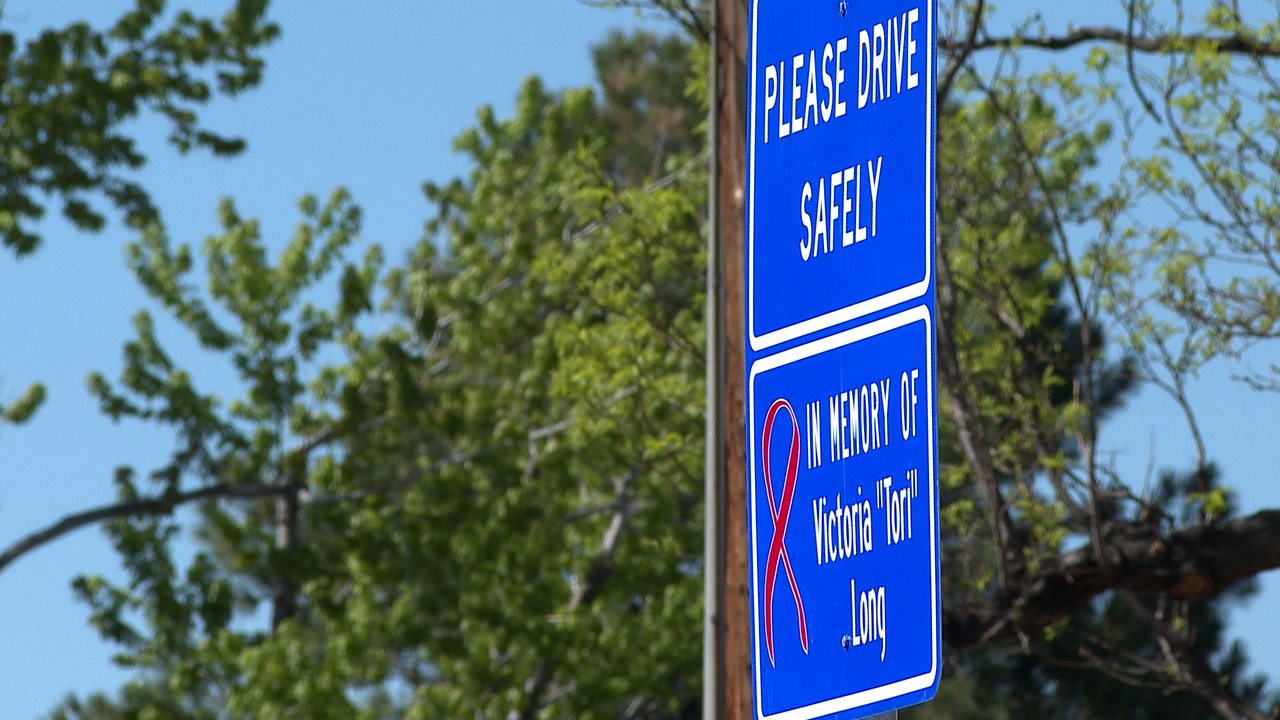BRIGHTON, Colo. (KDVR) — Operation Coral was the name of the latest sweep by Immigration and Customs Enforcement agents who conducted numerous stake-outs nationwide Monday in an effort to arrest non-citizens who have previously been convicted of ignoring immigration laws in the United States.
The Denver Field Office for ICE allowed the Problem Solvers to observe one operation where it arrested a man in Brighton who had previously been deported four times. That man, 44-year-old Victor Garcia-Barrendey, was first deported back to Mexico in 2009.
In 2015, Barrandey re-entered the U.S. illegally and was found in Colorado after he was sentenced to 365 days in jail for a DUI in Weld County. He was deported a second time on Dec. 29, 2015.
In 2016, he was caught attempting to cross the border again. He served one month in prison before being deported a third time. The last deportation happened in 2017 after he was sentenced to eight months in the Bureau of Prisons for illegal reentry.
“We went after people who had re-entered the United States after previously being deported and are now back in the United States,” said John Fabbricatore, the director of ICE’s Denver field division.
ICE agents became aware Garcia-Barrandey was back in the U.S. and living in Brighton after he got a traffic ticket in November for speeding and driving without a valid license. A warrant was issued for his arrest when he failed to appear in court.
Undercover agents monitored his house early Monday morning to confirm his truck was in his driveway and waited for him to leave.
Fabbricatore said agents rarely do door knocks or house raids anymore.
“It’s easier not to go into people’s home. We don’t know what people have inside their homes. It’s easier for us to get them outside the homes rather than them barricading themselves in and we can’t make an arrest,” he said.
ICE limited on where it can make arrests
ICE agents face new limitations on where they can make arrests based on new “Guidelines for Enforcement Actions in or Near Protected Areas” issued by the U.S. Department of Homeland Security in October 2021.
“In some areas where there are churches, schools, parks, daycares, medical centers, we cannot affect the arrests in that area,” Fabbricatore said, as he pointed out a church that stood closer than two blocks from the suspect’s home.
The five-page memo states, “To the fullest extent possible, we do not take an enforcement action in or near a location that would restrain people’s access to essential services or engagement in essential activities. Such a location is referred to as a ‘protected area.'”
The memo later goes on to state, “There is no bright-line definition of what constitutes ‘near.'”
“So it does tie our hands a little bit, and we have to be a lot more careful about what we do and where we make arrests,” Fabbricatore said.
Suspect’s wife called to arrest scene
Around 10 a.m. Monday morning, Garcia-Barrandey drove to a nearby auto parts supply store and when he exited the store, ICE agents surrounded him before he could get back in his truck.
After Garcia-Barrandey was arrested, he was driven to a location behind a King Soopers grocery store, where agents allowed him to call his wife.
“We’re going to allow the wife to come out here. We’re not going to question the wife, we’re just going to give her the keys to his pick-up truck and allow her to have access to the pick-up truck,” Fabbricatore said.
Fabbricatore told the Problem Solvers that ICE doesn’t typically have the manpower or the detention space to arrest someone solely because they may be in the country illegally.
Since Garacia-Barrandey has already served time for violating U.S. immigration law, Fabbricatore said it’s possible Garcia-Barrandey could serve at least two years in a federal prison before he’s deported back to Mexico.
“We will go after you if you continue to come back to the United States after you have been previously deported,” Fabbricatore said, explaining why agents did not question the man’s wife. “That wasn’t the target here. We wanted to target people that had circumvented the law. Even though she may have been a non-citizen, what we are focused on now was someone who had a criminal conviction and had re-entered the United States multiple times.”
A statement emailed to FOX31 from the Department of Homeland Security reads:
“U.S. Immigration and Customs Enforcement (ICE) is committed to focusing its civil immigration enforcement priorities on the apprehension and removal of noncitizens who pose a threat to national security, public safety, and border security.”
As of June 7, the ICE detention center in Aurora held 518 detainees from 50 different countries. Turkey ranks first, with 99 detainees, followed by Mexico with 74. There are 19 detainees from Russia.
